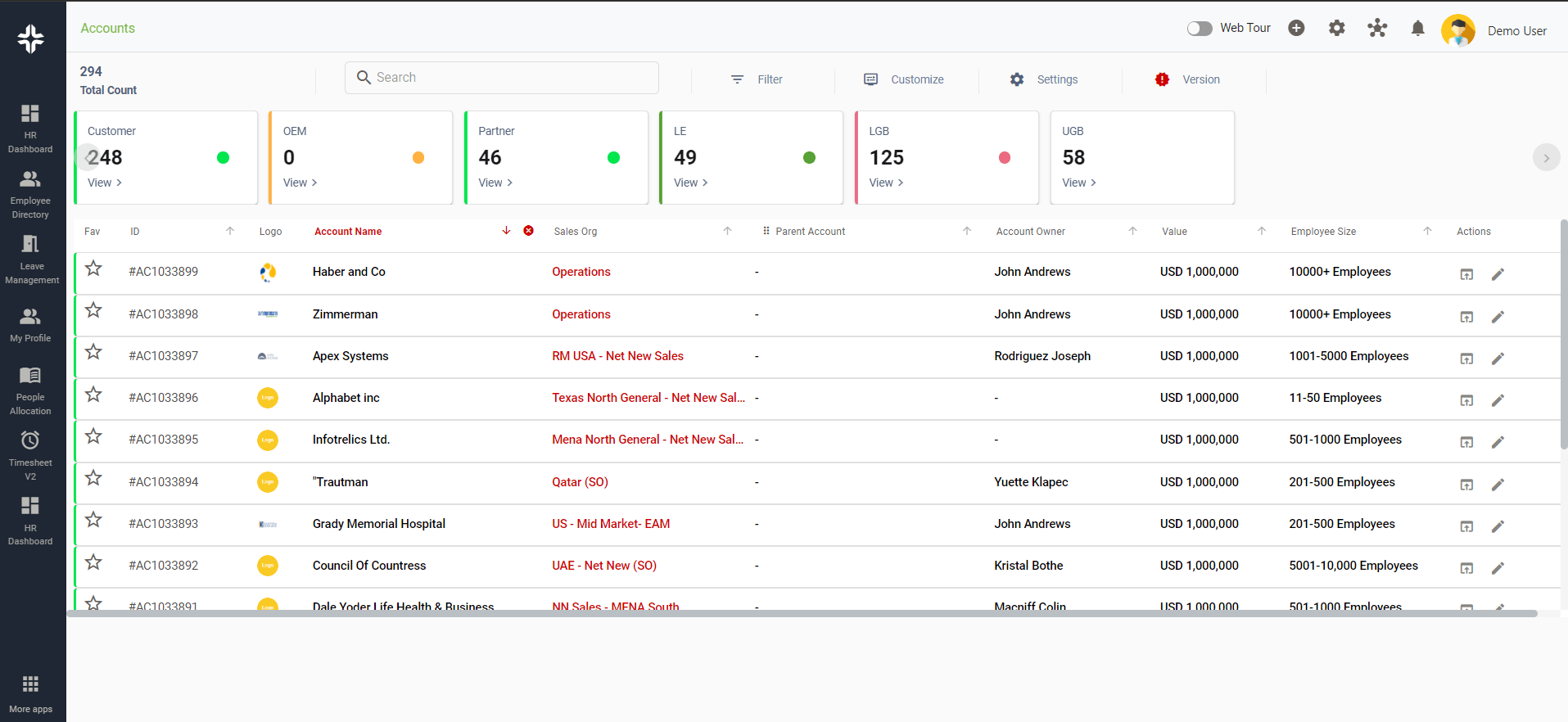Home » PSApedia
Defect Density
Analyze Defect Density in Project Management and Enhance Project Quality.

What is Defect Density?
Defect Density is a metric used in software development and quality assurance to measure the number of defects (or bugs) in a software product relative to its size. It’s typically calculated as the number of defects per unit of software size (e.g., per thousand lines of code or KLOC).
This metric provides insights into the quality of the software, helping teams identify areas that might need more attention or improvement.
The Importance of Defect Density
Understanding Defect Density is crucial for several reasons:
1. Quality Assurance: A lower defect density indicates a higher quality product, which translates to fewer bugs and a better user experience.
2. Resource Allocation: By identifying areas with high defect densities, teams can allocate resources more effectively, focusing on problematic sections of the code.
3. Cost Efficiency: Addressing defects early in the development process can save costs in the long run, as fixing bugs post-release can be more expensive and time-consuming.
4. Client Satisfaction: Delivering a product with fewer defects can lead to increased client satisfaction and trust, essential for businesses using Professional Service Automation (PSA) software.

Why Defect Density is so important?
Calculating Defect Density
Formula:
Defect Density = Number of Defects / Size of the Software
Example:
Imagine a software project with 5 defects and a size of 2 KLOC. Using the formula:
Defect Density=5/2=2.5
This means there are 2.5 defects for every thousand lines of code.
Defect Density vs Other Metrics
While Defect Density is a valuable metric, it’s essential to understand how it differs from other related metrics:
1. Defect Count: This is the total number of defects in the software. While it gives an absolute number, it doesn’t provide context regarding the software’s size.
2. Defect Rate: This metric measures the number of defects discovered over a specific period. It’s useful for tracking the effectiveness of quality assurance over time.
3. Defect Severity: This metric classifies defects based on their impact, from minor issues to critical bugs that can cause system failures.
Understanding the nuances between these metrics can help teams make more informed decisions, especially when using tools like KEBS’s project management software.
| Metric | Description | Relevance to PSA (Software Development) |
|---|---|---|
| Defect Density | The number of defects (bugs) per unit of code (e.g., lines of code or function points). | May not be directly applicable to PSA, but could be used to assess software quality in custom PSA software development. |
| Customer Satisfaction | A measure of how satisfied clients are with the services delivered through PSA tools. | Critical for assessing the success of PSA implementations and ongoing service delivery. |
| Project Profitability | The difference between project revenue and costs, indicating the financial performance of professional services projects. | Key metric to ensure projects are delivered within budget and generate profits. |
Utilizing Defect Density in Professional Service Automation (PSA)
In the realm of PSA, Defect Density plays a pivotal role:
1. Project Planning: By analyzing defect densities from past projects, teams can better estimate the time and resources needed for quality assurance in future projects. This can be streamlined using tools like KEBS Gantt chart.
2. Resource Management: High defect densities might indicate a need for additional training or resources. Platforms like KEBS resource management software can assist in allocating resources more effectively.
3. Client Reporting: Sharing defect density metrics with clients can build trust, showcasing a commitment to quality. This transparency is further enhanced with tools like KEBS ticket management software, which allows clients to track issues and resolutions.
Ready to Optimize Defect Density?
KEBS, a leading PSA software, offers tools and features that can help teams optimize their defect density. KEBS real-time reporting features allow teams to monitor defect density in real-time, making it easier to address issues as they arise.
KEBS fosters a collaborative environment, ensuring stakeholders are always in sync. This collaboration can lead to faster defect resolution and a lower defect density.

KEBS Finance Management
Ready to optimize your software’s defect density? Contact KEBS today or request a demo to see how their suite of tools can elevate your software development and quality assurance processes.



